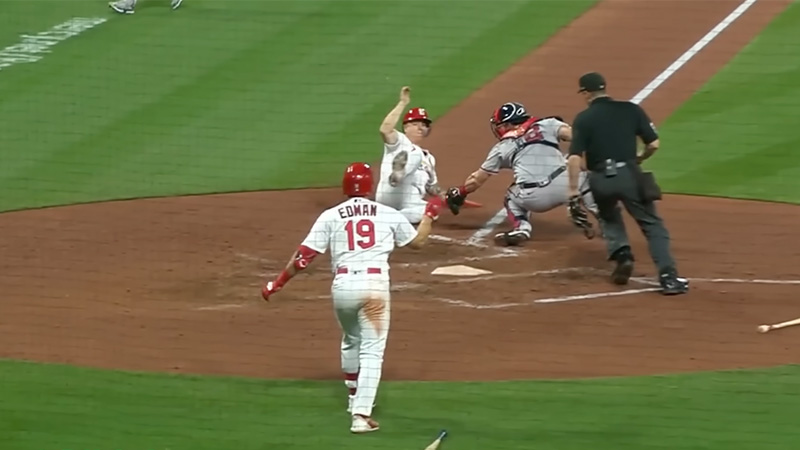In the game of baseball, defense plays a crucial role in determining the outcome of a match. While pitching and hitting often steal the spotlight, the defensive aspect of the game is equally essential.
Assists, a defensive statistic, hold a significant place in baseball as they reflect the contributions of fielders in recording outs. Whether it’s making accurate throws, executing timely tags, or participating in relay plays, assists showcase the skill, coordination, and teamwork required to excel defensively.
The concept of assists and their importance in the game provides valuable insights into the defensive strategies employed by teams and the individual performances of players.
This article delves into the definition, types, scoring, and strategic implications of assists in baseball, shedding light on their role in shaping the outcome of the game.
What Are Assists in Baseball?
Assists are vital in baseball’s defensive aspect, representing a player’s direct contribution to putting out a batter or baserunner. The primary requirement for an assist is for a fielder to make contact with the ball before another fielder records a putout. This contact can occur through catching the ball, fielding a ground ball, or receiving a throw.
By touching the ball, the fielder actively participates in the play, aiding in advancing the process of securing an out. It’s worth noting that assists can be credited to any fielder involved in an out, regardless of whether the contact with the ball was intentional or unintentional.
Even if the ball inadvertently deflects off a fielder’s glove or body, they can still be recognized with an assist if their action directly contributes to an out. Assists serve as a measure of a fielder’s defensive contribution, highlighting their ability to execute critical plays.
Whether it’s a precise throw from an infielder to a first baseman, a well-placed throw from an outfielder to cut down a runner, or a fielder receiving a throw and making a tag, assists showcase the defensive skills and awareness of the players involved.
Assists in baseball are awarded when a fielder’s actions lead to putting out a batter or baserunner. As long as a fielder touches the ball before another fielder records a putout, they can receive an assist. These assists celebrate the teamwork and defensive abilities of players within the game of baseball.
Types of Assists in Baseball
Assists in baseball can be categorized into various types based on the specific defensive plays involved. Each type showcases different skills and contributions from fielders.
Infield Assists
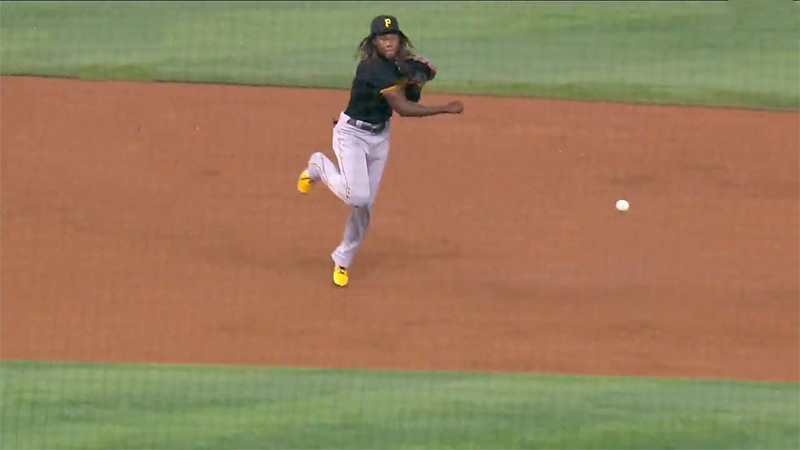
Infield assists occur when a ground ball is hit by an infielder who cleanly fields the ball and throws it to a teammate at a different base to record an out.
For example, a ground ball hit the shortstop, who swiftly fields it and makes an accurate throw to the first baseman, resulting in the batter being declared out.
Infield assists highlight the significance of precise and well-timed throws in executing successful defensive plays in the infield.
Outfield Assists
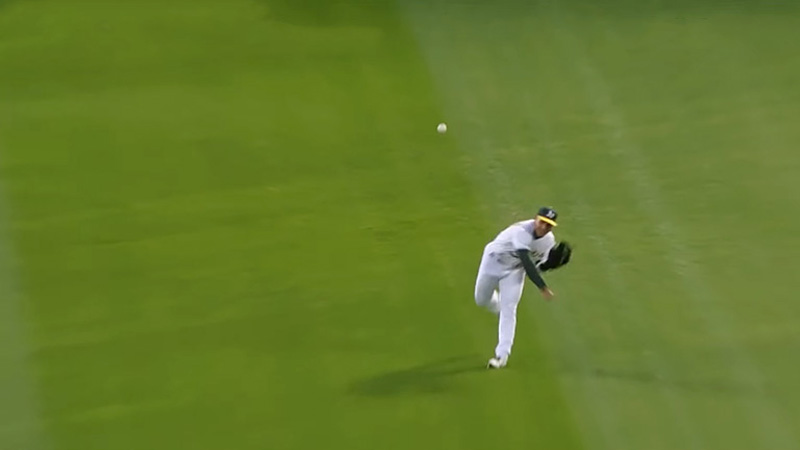
Outfield assists come into play when an outfielder catches a fly ball and then throws the ball to another fielder to put out a baserunner who is attempting to advance.
An example of this is an outfielder catching a deep fly ball and making a strong, accurate throw to home plate, preventing a baserunner from scoring.
Outfield assists showcase the outfielder’s arm strength, accuracy, and ability to make quick decisions to throw out baserunners.
Tagging Assists
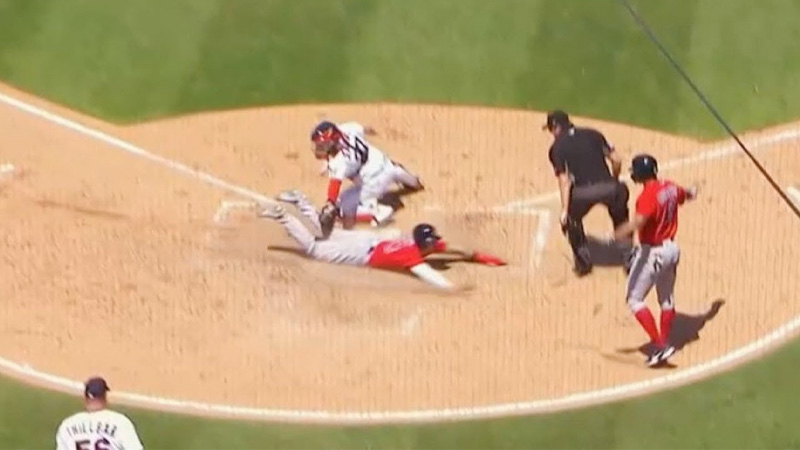
Tagging assists occur when a fielder catches a throw from another player and swiftly tags a baserunner before they reach the base. This type of assist requires quick reflexes, precise timing, and agility.
For instance, a fielder may catch a throw from the catcher and immediately tag the sliding baserunner before they touch the base, resulting in an out.
Tagging assists often happen in close plays, emphasizing the importance of precise and timely tagging to secure outs.
Relay Assists
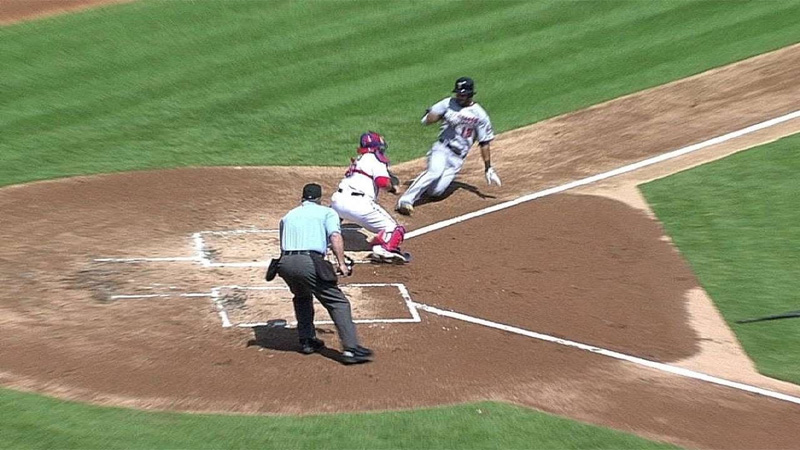
Relay assists involve a fielder receiving a throw from a teammate and quickly making a subsequent throw to another fielder to complete an out.
This type of assistance requires excellent coordination and communication between fielders. For example, a relay assist may occur when an outfielder throws the ball to an infielder, who then throws it to the catcher to tag out a baserunner attempting to score.
Relay assists demonstrate the importance of teamwork and synchronized fielding to execute successful defensive plays.
Pitcher Assists
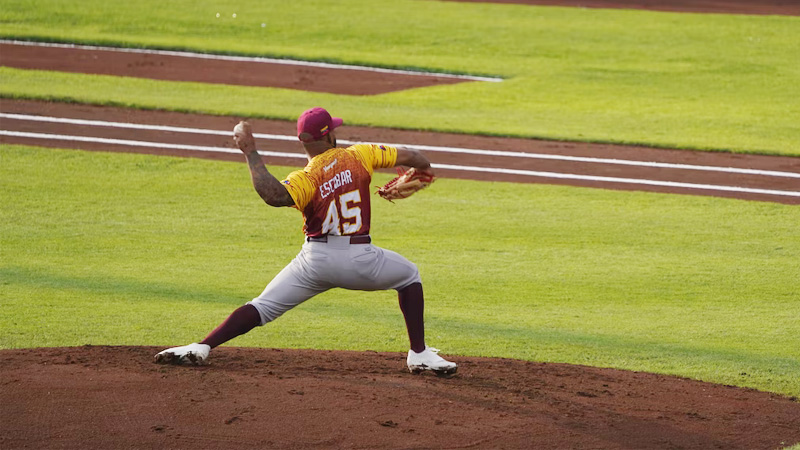
Pitcher assists occur when the pitcher fields a ground ball hit back to the mound and subsequently throws it to a teammate at a base to record an out.
For instance, if a ground ball is hit toward the pitcher, and they field it cleanly before making an accurate throw to first base, the batter will be declared out.
Pitcher assists highlight the versatility of pitchers and their ability to contribute defensively, showcasing their fielding skills and decision-making in assisting with outs.
Whether it’s making accurate throws, displaying arm strength, executing timely tags, coordinating relay plays, or showcasing the versatility of pitchers, assists are a key aspect of defensive plays that contribute to the success of a team.
Scoring and Attribution of Assists
Some aspects of scores and attributes of assists in baseball are mentioned in the next phase of this article. Check them out below.
How Assists Are Recorded and Tracked in Baseball Statistics
Assists play a significant role in the scoring and tracking of defensive performance in baseball. In the official scorekeeping of a game, assists are recorded alongside other defensive statistics to provide a comprehensive overview of a player’s defensive contributions.
The official scorer at each game is responsible for awarding assists to fielders based on their involvement in making outs.
Assists are typically recorded in the scorebook and official game statistics. They are often represented by the abbreviation “A” in scorecards and box scores.
The scorekeeper closely observes the fielders’ actions and determines whether a fielder’s play meets the criteria for an assist. This includes evaluating if a fielder touched the ball before a putout was recorded by another fielder and directly contributed to the out.
Importance of Recognizing Fielders’ Contributions
Assists in baseball are crucial for multiple reasons. Firstly, they recognize and credit fielders for their skills and efforts. Assists showcase accurate throws, timely tags, and participation in relay plays, among other defensive actions.
They quantify a fielder’s defensive impact and their role in recording outs. Secondly, assists contribute to evaluating a player’s defensive performance over time, allowing comparisons between players at the same or different positions. They form part of a comprehensive assessment of a player’s overall defensive prowess.
Assists also highlight the teamwork and collaboration required in baseball. They demonstrate coordinated efforts, such as relay plays and seamless coordination between fielders.
Recognizing assists acknowledges collective contributions and defensive strategies employed by teams. Assists play a vital role in understanding defensive performance, evaluating contributions, and appreciating the importance of fielders’ efforts in the game.
Role of Assists in Defensive Strategy
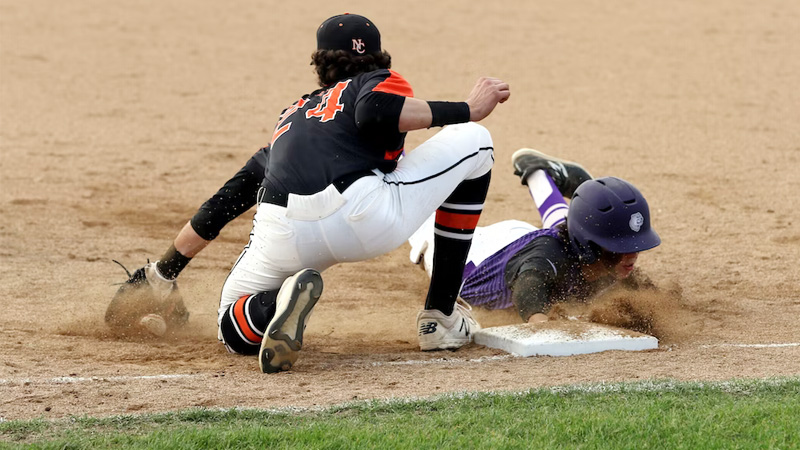
The role of assists in defensive strategy in baseball is discussed in the following section. Please check them out below.
Assists as Indicators of Strong Defensive Play and Teamwork
Assists in baseball are vital indicators of strong defensive play and effective teamwork, showcasing the ability of fielders to make accurate throws, execute timely tags, and coordinate with teammates for outs.
A high number of assists correlates with a team’s defensive success and demonstrates the overall strength of their defensive strategy. Fielders with many assists actively contribute to the game, displaying skills in clean fielding, quick decision-making, and accurate throws to the bases.
Consistent assist records indicate reliability, dependability, and a deep understanding of defensive positioning and strategy. Moreover, assists highlight the importance of teamwork, as successful defensive plays often require coordinated actions and effective communication among fielders.
Whether it’s relay plays involving multiple throws or infielders working in tandem with first basemen, assists reflect seamless coordination and reinforce the team’s defensive identity. Fielders actively participating in assists reinforce the value of teamwork and enhance the team’s overall defensive performance.
Coordinating Defensive Positioning and Communication
To maximize assists, teams employ strategic positioning and communication. Fielders are placed strategically to make plays and record assists. Infielders cut off ground balls, outfielders retrieve hits and make strong throws, and catchers receive throws and make tags. Clear communication minimizes errors and increases efficiency.
Understanding fielders’ strengths and weaknesses helps them assign roles effectively. Teams optimize their chances of recording assists by leveraging each fielder’s abilities. Assists reflect strong defense, teamwork, and overall capabilities.
Strategic positioning, clear communication, and capitalizing on fielders’ strengths create a solid defensive strategy, leading to increased assists and improved performance.
Types of Assists in Baseball: At a Glance
| Assists | Description |
| Infield Assists | Occur when a ground ball is fielded by an infielder, who throws to another base for an out. |
| Outfield Assists | Involve outfielders catching fly balls and throwing to a base to prevent a baserunner from advancing or scoring. |
| Tagging Assists | Fielders catch a throw and swiftly tag a baserunner before they reach the base. |
| Relay Assists | Fielders receive a throw and quickly make a subsequent throw to another fielder to complete an out. |
| Pitcher Assists | Pitchers field a ground ball hit back to the mound and throw to a base for an out. |
FAQs
How are assists different from putouts in baseball?
While both assists and putouts are defensive statistics, they differ in their attribution. An assist is awarded to a fielder who touches the ball before a putout is recorded by another fielder.
Putouts, on the other hand, are credited to fielders who directly record the out without the assistance of another fielder.
Can a fielder receive multiple assists on a single play?
No, a fielder can only be credited with one assist on a given play, even if multiple fielders are involved in the out. The official scorer determines which fielder contributed the most to the out and awards the assist accordingly.
Are assists only awarded to fielders who make intentional throws?
No, assists can be awarded even if the contact with the ball was unintentional. As long as a fielder touches the ball and it contributes to recording an out, an assist can be credited.
For example, a ball deflecting off a fielder’s glove to another fielder who completes the out would still result in an assist for the initial fielder.
Are assists counted for defensive plays other than throws?
Assists are typically associated with throws, as they commonly involve fielders making accurate throws to another player to complete an out. However, assists can also be credited for other defensive plays, such as fielders executing tags or participating in relay plays that contribute to recording outs.
Are assists solely attributed to infielders and outfielders?
No, assists can be awarded to players at any defensive position as long as they contribute to recording an out. While infielders and outfielders may have more opportunities for assistance, players at positions like catcher or pitcher can also receive assistance for their defensive contributions, such as throwing out baserunners or fielding ground balls.
Conclusion
Assists play a vital role in baseball’s defensive game. They represent the actions of fielders who contribute to recording outs, whether through accurate throws, timely tags, or participation in relay plays.
They highlight the importance of defensive positioning, communication, and understanding each player’s strengths. The attribution of assists in baseball statistics allows for evaluating a player’s defensive contributions and overall defensive prowess.
While assists alone may not provide a complete assessment of a player’s defensive skills, they are a significant component in understanding the impact of fielders on the game.
Assists exemplify the collaborative efforts and athleticism involved in the art of defense in baseball. Thank you for supporting us.

